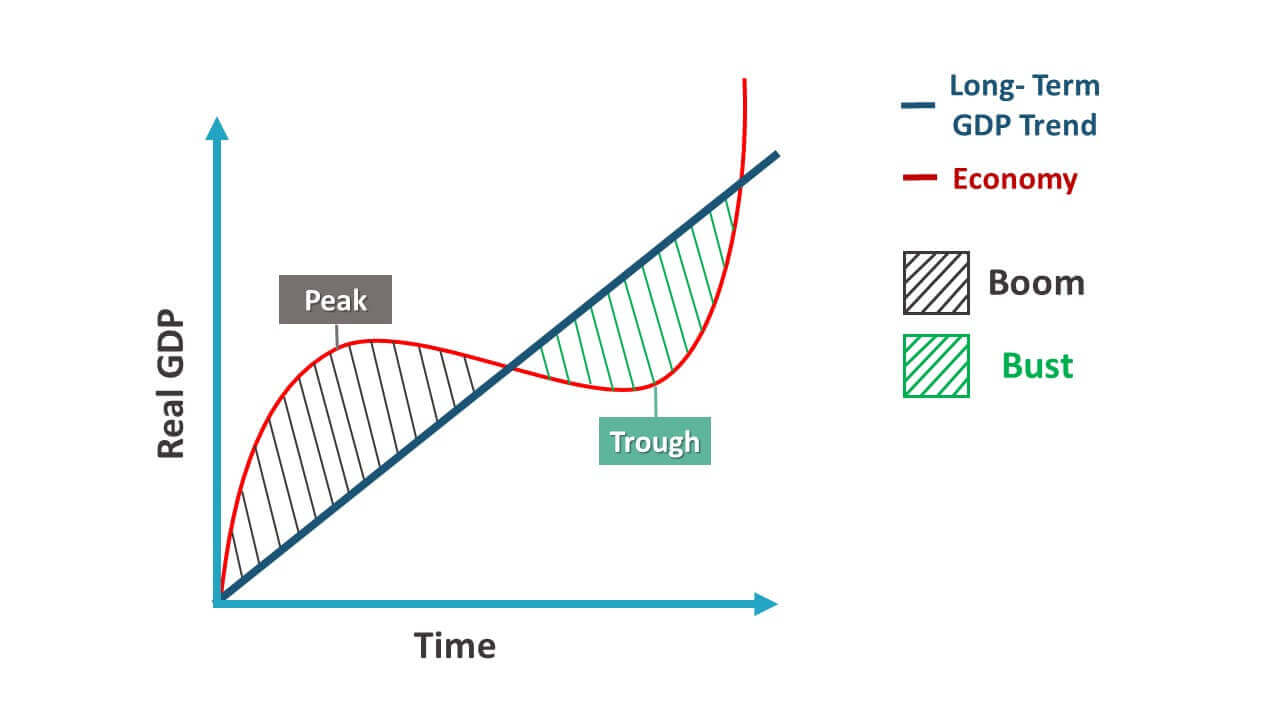As cybercriminals become more sophisticated in their methods, game development studios must remain vigilant in fortifying their defenses against potential breaches. The vast amount of sensitive player data and intellectual property stored by these studios makes them enticing targets for cyberattacks. By outsourcing cybersecurity to trusted third-party providers, game development studios can tap into specialized expertise and cutting-edge technologies, bolstering their defenses against cyber threats and ensuring a safe and secure gaming environment for players worldwide. Embracing outsourcing as a strategic approach allows these studios to focus on their core competencies, such as game development and innovation, while leaving the complex and ever-changing landscape of cybersecurity to the experts.
The Rise of Cybersecurity as a Top Outsourcing Priority
The Deloitte Global Outsourcing Survey 2022 sheds light on the growing significance of cybersecurity as a top outsourcing priority for organizations worldwide. As cyberattacks become increasingly sophisticated and pervasive, game development studios, like many other businesses, must prioritize safeguarding their data, intellectual property, and the trust of their players.
The survey’s finding that only 52% of executives feel adequately prepared to address cybersecurity challenges is a wake-up call for the gaming industry. It underscores the urgent need for game development studios to bolster their cybersecurity capabilities and collaborate with expert third-party providers to establish comprehensive defense mechanisms. Cyber threats constantly evolve, making it crucial for studios to stay ahead of potential risks and vulnerabilities.

Moreover, the increasing complexity and scale of cyberattacks necessitate a strategic and proactive approach to cybersecurity. By outsourcing this critical function to trusted partners with extensive experience in the field, game development studios can leverage cutting-edge technologies and industry best practices to fortify their defenses. Collaborating with external experts empowers studios to build a resilient cybersecurity framework that not only safeguards sensitive data but also enhances the overall reputation and credibility of their brand.
The Growing Dependence on Third-Party Delivery Models
In response to the cybersecurity challenge, game development studios are increasingly relying on third-party vendors to bolster their cybersecurity functions. The survey reveals that 81% of executives are supporting their cybersecurity efforts through third-party delivery models. These models offer game development studios access to new cybersecurity capabilities and specialized expertise that might not be readily available in-house. By leveraging external service providers, game development studios can strengthen their cybersecurity measures and protect their valuable assets from potential cyberattacks.
Devoted Studios: A Safe Haven for Cybersecurity
Amid the rising cybersecurity concerns in the gaming industry, Devoted Studios stands out as a safe place for game development and protection. Devoted Studios understands the criticality of cybersecurity and has made it a priority to invest in state-of-the-art security measures to safeguard its clients’ interests.
Through strategic partnerships with top-tier cybersecurity service providers, Devoted Studios ensures that its clients’ data and assets are protected from emerging cyber threats. By collaborating with external experts in the field, Devoted Studios strengthens its cybersecurity capabilities, offering clients the peace of mind they need to focus on creating innovative and engaging games.

Devoted Studios’ commitment to cybersecurity is evident in its continuous efforts to stay ahead of the curve. The studio regularly updates its security protocols and undergoes rigorous security assessments to identify potential vulnerabilities and weaknesses. By taking a proactive approach to cybersecurity, Devoted Studios ensures that its clients’ games and intellectual property are shielded from cyber threats.
Final Thoughts
As cybersecurity and data analytics emerge as top outsourcing priorities, Devoted Studios stands at the forefront of safeguarding game development and fostering data-driven success. By embracing third-party delivery models and strategic partnerships, Devoted Studios ensures that its clients have access to the best-in-class cybersecurity and data solutions. With Devoted Studios as a reliable partner, game development studios can thrive in a safe and data-driven environment, delivering exceptional gaming experiences to players worldwide.

































